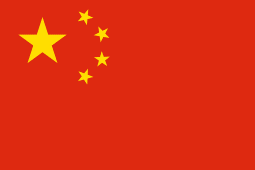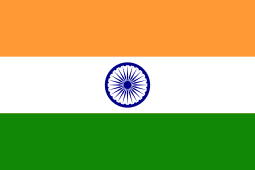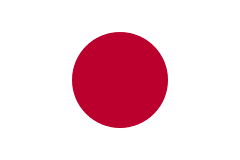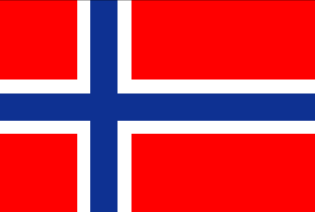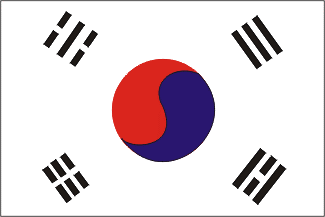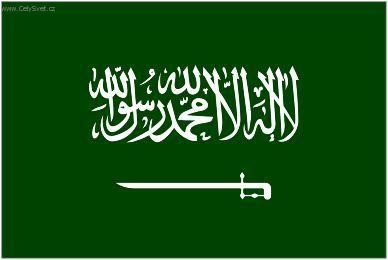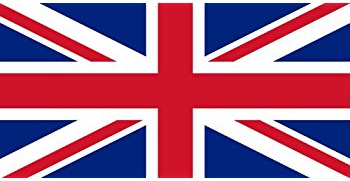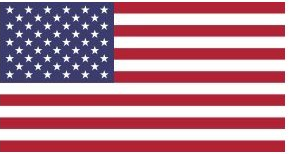
United States
The United States is the largest ODA donor in terms of dollar contribution in the world. The Point IV agreement of 1951 with the USA introduced Nepal in the era of international development cooperation. Strengthening democratization process and human resources development are the key areas of US aid mobilization in Nepal.
Bilateral Relations
Bilateral diplomatic relations between Nepal and the U.S. was officially started in 1947 during the democratic movement of Nepal, which had culminated a new era for opening the country for outward oriented foreign policy.
The U.S. is the second country, after the United Kingdom, with which Nepal entered into official diplomatic relations in April 25, 1947. Following the establishment of bilateral relations, the relations between the two countries were upgraded to the Ambassadorial level in 1953.
Nepal established its Embassy in Washington, DC on February 3, 1958. Similarly, the United States opened its Embassy in Kathmandu on August 6, 1959. A number of Nepal’s honorary consuls have been appointed in various US cities. At present, the U.S. Ambassador to Nepal is Mr. Randy Berry (December 2021).
Development Cooperation
The history of official development cooperation had been initiated in early 1950s as the United States is the first country to provide the bilateral development cooperation in 1951 under its point four program.
United States is consistently extending various development and technical cooperation to Nepal including Peace Corps volunteers initiated in 1961 and much more emergency assistance.
Various sectors such as transport, communication, public health, family planning, malaria eradication, agriculture, forestry, energy, etc., have been benefitted greatly. USAID/Nepal is the primary development assistance arm of the US government to Nepal.
The MCC has chosen Nepal to mobilize US assistance though compact program. For this to happen, Nepal and MCC has entered into a bilateral compact (agreement) in September 2017
Major Support of the USA to Nepal by Sector
The followings are the top five sectors of bilateral cooperation between Nepal and the USA during the last five-year period.
- Health
- Agriculture
- Education
- Local Development
- Energy
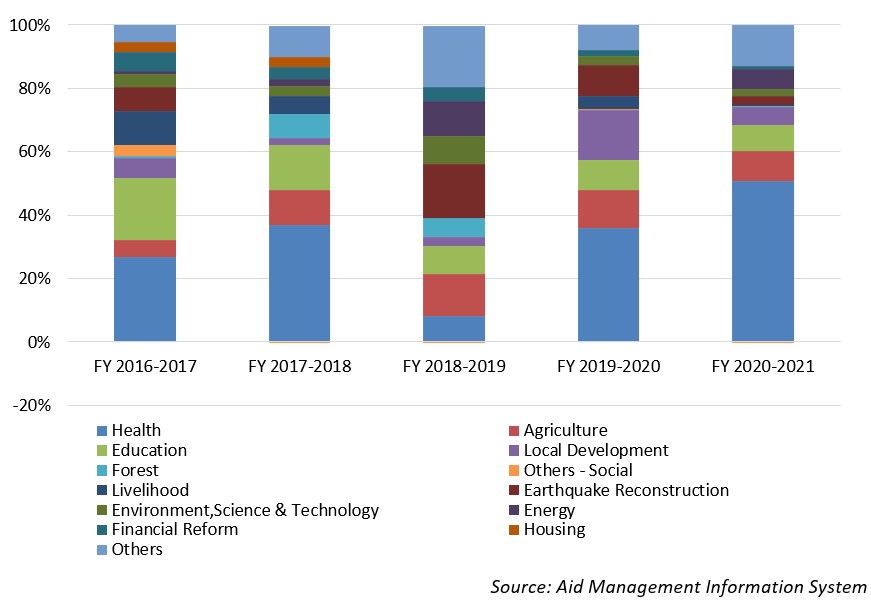
USAID’s Aid disbursement during FYs 2016/17-2020/2021 (in US$)
Over the last five-year period beginning from fiscal year 2016/17 to fiscal year 2020/21 the total disbursement from the USAID to Nepal was US $ 558.9 million. The highest level of disbursement took place in fiscal year 2016/17 amounting to US $ 134 million. Likewise, the lowest level of disbursement was made in fiscal year 2018/19 amounting to US $ 77 million, less than the average annual disbursement during the last five-year.
During the last five year period, the USA has agreed to provide Nepal with a sum of US $ 904 million through separate agreements. The highest level of commitment of support was made of US $ 558.5 million in fiscal year 2017/18. However, there is no direct relationship between the amount committed to support and the amount disbursed in years.
Development Cooperation Strategy
USAID/Nepal has recently rolled out Country Development Cooperation Strategy (CDCS), which is normally prepared for five years period outlining the broader parameters of USAID’s strategic priorities and areas of Nepal’s development need for mobilizing the development cooperation in Nepal.
This strategy for the period of 2021 to 2025 which envisions creating a more self-reliant, prosperous and inclusive Nepal that could deliver improved democratic governance and health and education outcomes.
Major highlights of Country Development Cooperation Strategy (CDCS):
i) More Effective, Participatory, and Equitable Democratic Ecosystem
ii) Broad-Based and Inclusive Economic Growth Fostered
iii) Inclusive Health and Education Systems Strengthened and
(iv) More Equitable and Improved Natural Resources and Disaster Risk.
Updated
Economic Sector /IECCD
January 2022


